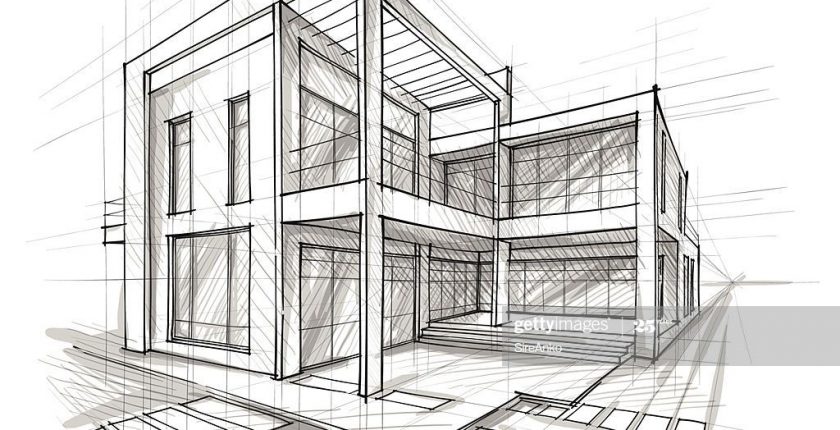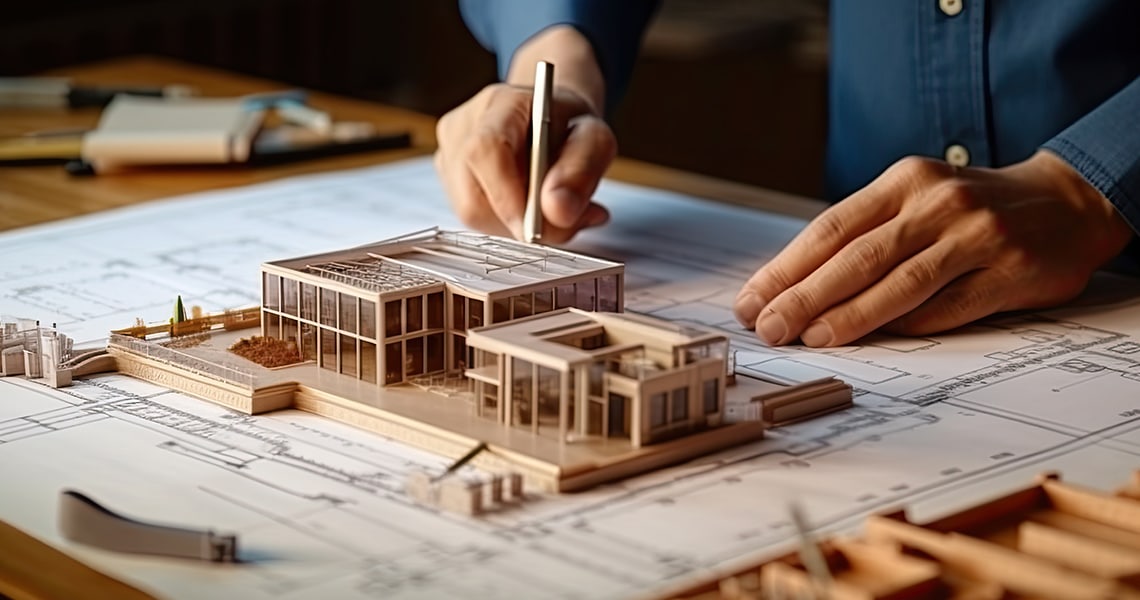Top Factors to Select CDA Architects for Your Residential or Commercial Styles
The Influence of Technical Improvements on the Layout Practices of Contemporary Architects
The quick evolution of technical devices has actually dramatically improved the style landscape for modern engineers, promoting unprecedented levels of advancement and sustainability. Discovering these dynamics reveals a nuanced interaction in between modern technology and standard design methods, prompting a more detailed assessment of what the future holds for building techniques.
Evolution of Architectural Equipment
How have building devices changed the layout and building and construction procedures over the centuries? The evolution of building devices has significantly influenced the effectiveness, precision, and imagination of layout and building and construction. In old times, architects rely upon simple instruments such as plumb bobs, measuring poles, and basic geometry to create structures. These devices laid the foundation for very early architectural practice, enabling the building of legendary structures, albeit with restrictions in accuracy and intricacy.
With the introduction of the Renaissance, the intro of the compass and the protractor noted an essential shift. These tools allowed architects to attain better accuracy in their styles, assisting in the appearance of more complex and in proportion structures. The Industrial Revolution additionally changed building exercise with the introduction of mechanical devices and products, enabling bigger and a lot more enthusiastic tasks.
In the 20th century, the growth of computer-aided style (CAD) software transformed the landscape when again, providing designers with unmatched capacities in modeling and visualization. Today, advanced tools such as Building Info Modeling (BIM) and parametric style software program proceed to press the borders of architectural technology, enabling a more incorporated strategy to design and building procedures.
Enhanced Collaboration in Design
As technology remains to progress, enhanced partnership in style has actually become a keystone of contemporary architectural technique. The integration of electronic devices such as Structure Details Modeling (BIM), cloud-based platforms, and advanced visualization software program has changed the way engineers, designers, and stakeholders connect throughout the style process. These devices help with real-time communication, enabling teams to share ideas, alterations, and feedback instantaneously, despite geographical location.

Furthermore, interdisciplinary collaboration has been structured with these technical improvements, allowing designers to function extra closely with various other specialists, such as urban planners and environmental specialists. The result is a more natural method to develop that takes into consideration numerous viewpoints and expertise. Inevitably, improved partnership in layout is not just a trend; it is necessary for developing innovative, functional, and visually pleasing architecture in a progressively complicated globe.

Sustainability Through Innovation
Sustainability in architecture has significantly come to be intertwined with technical technology, driving the market towards ecologically accountable methods. Contemporary architects are leveraging advanced innovations to lessen environmental impact while enhancing the performance of buildings. cda architects. One prominent example is using Building Info Modeling (BIM), which enables for exact preparation and resource allowance, lowering waste during construction and advertising energy efficiency throughout a structure's lifecycle
Furthermore, wise products and energy-efficient systems are being integrated into styles to maximize source use. Technologies such as photovoltaic or pv cells and environment-friendly roofing systems harness renewable resource resources, adding to reduced carbon impacts. In addition, the application of man-made intelligence in layout procedures makes it possible for architects to imitate and analyze power usage, leading decisions towards more lasting end results.
The assimilation of lasting technologies not only aligns with international environmental objectives but additionally satisfies an increasing read review need from consumers for environmentally friendly options. As designers welcome these developments, the emphasis changes in the direction of creating spaces that are not only hop over to here visually pleasing yet additionally functionally lasting, consequently redefining the criteria of contemporary design. By doing this, innovation acts as a catalyst for sustainability, enabling architects to make buildings that regard and boost the natural surroundings.
Difficulties in Execution
While technological innovations in style hold great pledge for improving sustainability, their application commonly runs into considerable difficulties. One key challenge is the steep understanding curve connected with new innovations. Engineers and building and construction professionals might need considerable training to properly utilize sophisticated software and devices, which can postpone task timelines and enhance costs.
In addition, the combination of arising innovations, such as Structure Info Modeling (BIM) and lasting products, usually necessitates partnership across multidisciplinary teams. This collaboration can be impeded by distinctions in knowledge, workflows, and interaction styles, resulting in potential problems and inefficiencies.

Additionally, regulatory structures and structure codes might not keep rate with technical advancements, developing ambiguity and prospective conformity problems. This obstacle can dissuade architects from totally welcoming new modern technologies, as the risk of non-compliance may exceed the advantages. Therefore, addressing these application difficulties is important for the effective assimilation of technological innovations in modern building methods.
Future Trends in Architecture
The challenges linked with the implementation of new innovations in architecture have actually triggered a reevaluation of future patterns within the industry - cda architects. As architects browse problems such as sustainability, urbanization, and click this social equity, they are progressively adopting innovative modern technologies to boost style performance and ecological performance
One noticeable trend is the combination of man-made intelligence (AI) in the design process. AI tools can analyze substantial datasets to notify design choices, boosting both imagination and functionality. Likewise, Structure Information Modeling (BIM) continues to advance, enabling real-time cooperation amongst stakeholders and promoting streamlined task administration.
Sustainable style methods are additionally getting momentum, with architects concentrating on adaptive reuse and regenerative layout principles that lessen source usage and waste. The unification of clever materials and renewable resource resources will certainly better enhance the resilience of buildings in the face of climate change.
Additionally, the increase of parametric layout enables more personalized and context-sensitive building services (cda architects). By taking advantage of these developments, architects are positioned to create developed settings that not just attend to the immediate demands of culture yet additionally anticipate future difficulties, therefore redefining the function of style in an ever-changing world
Conclusion
Technical innovations have actually considerably reshaped architectural style techniques, promoting improved accuracy, collaboration, and sustainability. The combination of devices such as Structure Info Modeling and parametric style software, together with fabricated intelligence and smart products, encourages architects to deal with complicated obstacles extra properly.